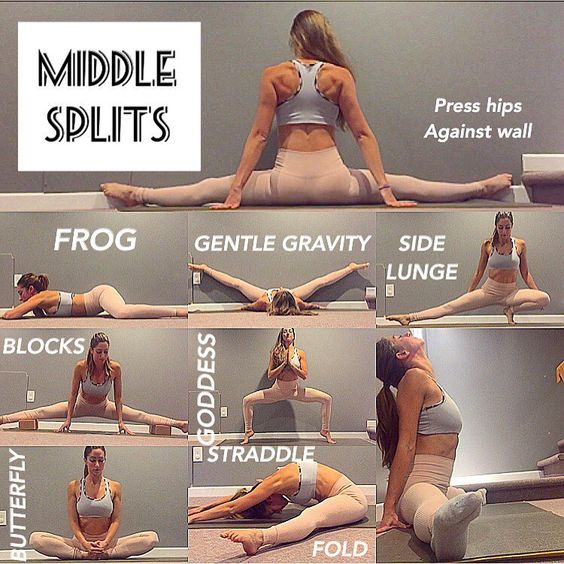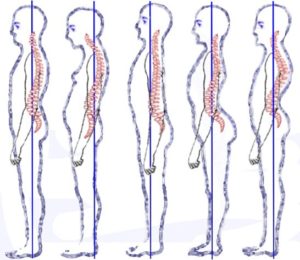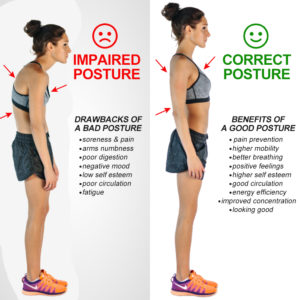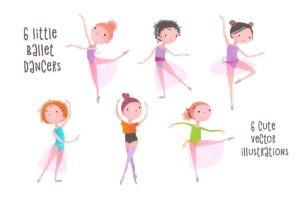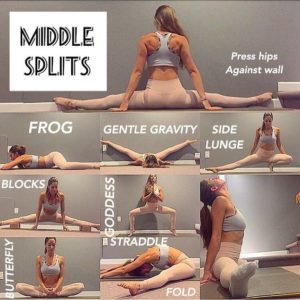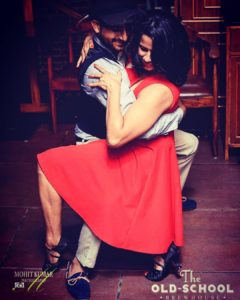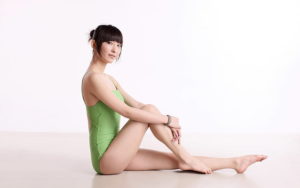Overcoming Social Dance Challenges: Solutions for Every Dancer
Social dancing is a beautiful way to connect with others, express yourself, and enjoy music in a lively, communal setting. Whether you’re swaying to salsa, grooving to swing, or stepping into a ballroom waltz, social dance brings people together. However, it’s not without its hurdles. From shaky confidence to tricky footwork, dancers of all levels face challenges. The good news? These obstacles can be overcome with the right approach. At First Dance, we’re here to guide you through some common social dance challenges and their practical solutions.
Challenge 1: Nervousness and Lack of Confidence
Stepping onto a crowded dance floor can feel daunting, especially for beginners. The fear of being judged or making mistakes often holds dancers back from fully enjoying the experience.
Solution: Start small and build confidence gradually. Practice basic steps at home or take a beginner class to get comfortable with the rhythm. Partner up with a friend or an encouraging instructor—like those at First Dance—to ease into the social setting. A great resource for boosting confidence is Dance Magazine, which offers tips on overcoming performance anxiety that apply to social dancing too.
Challenge 2: Difficulty Following or Leading
Social dances like salsa, tango, or swing rely on smooth communication between partners. New dancers often struggle to follow cues or lead effectively, leading to awkward moments or missed steps.
Solution: Focus on the fundamentals of connection. For followers, relax your frame and stay attentive to your partner’s subtle signals. For leaders, practice clear, gentle guidance rather than forcing movements. Workshops and online tutorials can help refine these skills. Check out Dance Vision, a global platform offering videos and tips on partner dynamics that can elevate your game.
Challenge 3: Memorizing Steps and Patterns
With so many styles and sequences to learn, it’s easy to feel overwhelmed by choreography or forget steps mid-dance.
Solution: Break it down and practice repetition. Start with one or two core moves and master them before adding more. Music is your ally—listen to dance tracks to internalize the rhythm. For inspiration, explore World DanceSport Federation, where you can find resources on various styles and techniques to keep your memory sharp.
Challenge 4: Finding the Right Dance Community
Not every social dance scene feels welcoming. Some dancers struggle to find a group that matches their vibe, skill level, or schedule.
Solution: Seek out local events or online communities that align with your interests. Websites like firstdance.in (that’s us!) can connect you to classes, workshops, and socials in India. Globally, platforms like DancePlace list events and studios worldwide, helping you find your tribe no matter where you are.
Challenge 5: Physical Fatigue or Lack of Stamina
Social dancing can be a workout! Hours of spinning and stepping might leave you winded, cutting your night short.
Solution: Build endurance with regular practice and light exercise like stretching or cardio. Stay hydrated and pace yourself at events—take breaks to chat and recharge. For fitness tips tailored to dancers, Dance Spirit offers articles on staying in top shape for the floor.
Why Social Dancing Is Worth It
Every challenge has a solution, and the rewards of social dancing—joy, connection, and self-expression—are well worth the effort. At First Dance, we believe everyone can find their rhythm with a little guidance and practice. Whether you’re in India or beyond, join us to explore the world of dance and conquer those hurdles one step at a time.
Ready to take your first dance step? Visit firstdance.in for classes, tips, and more!
